828 Views
Rescue Plants, Coffee Grounds and Yard Plants in So. California

by
John
(IC: homeowner)
Rescue plants and yard plants in hostile soil.
I had responded to an article about using leftover coffee grounds and had shown some pictures of my “rescued plants” I have used some coffee grounds on. I was asked to give a little more detail on what I have done from “Hometalk”, so here it goes: My wife and I are originally from Iowa. We grew up having large gardens to tend to. My mother had at least one acre of garden for food, growing all types of food for canning, pickling, or freezing. We also had two acres of various squash and sweet corn. I learned early on that insects and grub worms/snails are not our friend. We never gave up on our love of plants and nice looking yards. My wife has prize hydrangeas and agapanthus plants, and roses among and other plants that work on our clay salty soil in Southern California. Some plants we have placed in large pottery so they don’t hit the soil and burn the roots and leaves. We have a large slope in the back and side yard we have covered with large leaf “freeway” ivy for weed control and soil erosion. This attracts lots of slugs and snails who happen to love our little plants. For years we have used snail bate but to no avail. One day I heard the use of used coffee grounds to rid the area of slugs and snails. Being a coffee drinking family, each morning I have a coffeemaker full of used grounds. I started throwing the grounds on the ivy around the house and on the planters. Within several weeks we noticed less sail trails, and nearly no damage to the leaves on the plants. I further found coffee adds missing nutrients to the soil the plants need. We entertain some and people bring small plants over as gifts of appreciation. Most of the plants that stay in the house start to die and my wife had been throwing them out. I decided to try to save some of them and that started my “Rescue Plant” endeavor. If I have any cold coffee left over after my one glass of ice coffee in the morning, I pour it on some of my more delicate plants and they respond better than with fertilizer. So I drop little bits of grounds in all my rescue plants about every other month. Water when needed only, and coffee is all that they receive. In the spring, when we do occasionally get rain, I put all the plants together and let them talk and get natural rain, which they really enjoy along with the cool weather and a bit of face time with the sun. Here are some pictures of our back and front yard, coffee fed, snail and grub/slug free.
Each year the plants are cut down to the last leaf. In the spring they receive hydrangea feed. Watered every third day. Medium sun.
These plants are fit for our soil. I used wood chips to control weeds and water retention.
Hope you enjoyed the photos. I had to raise the yard one foot, add new top soil to keep the grass from frying when the roots hit the salty soil. It is adobe clay and the water does not flush it away.
Enjoyed the project?
Published June 30th, 2015 4:57 PM
Comments
Join the conversation
2 of 12 comments
-
Truly beautifull, great gardeners!
 Gwen Marshall
on Aug 09, 2015
Gwen Marshall
on Aug 09, 2015
-
-
Our California drought is not doing any favors. Summers/early fall is always hardest on our plants. Winter and spring is the best time of year in our area IF we get the needed rain. I cut our watering time in half, and the amount by 1/3 and it is surviving so far, but the grass is hurting even though it is sold as drought resistant.
 John
on Aug 09, 2015
John
on Aug 09, 2015
-



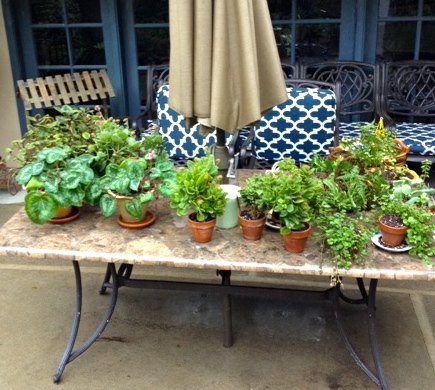




















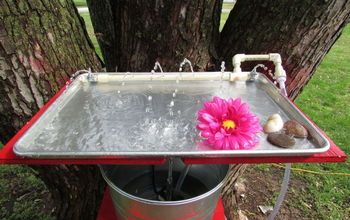
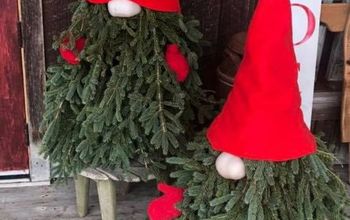
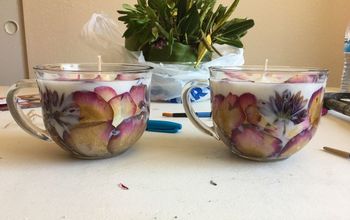













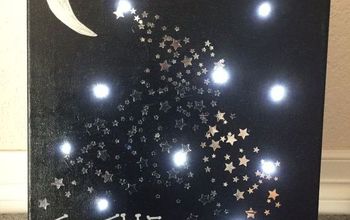
Frequently asked questions
Have a question about this project?